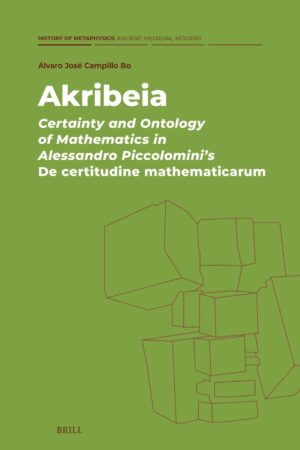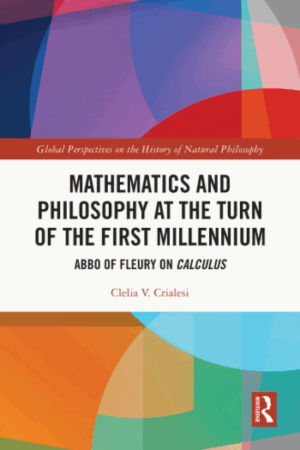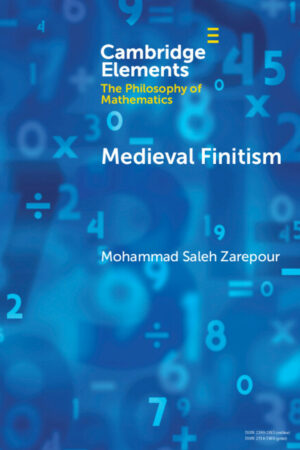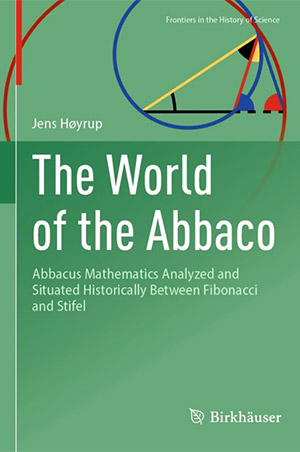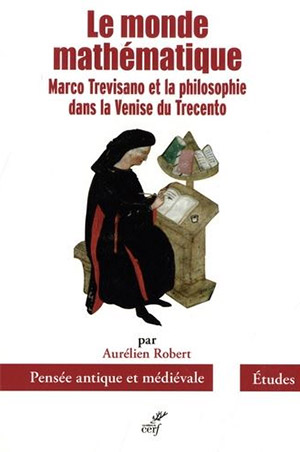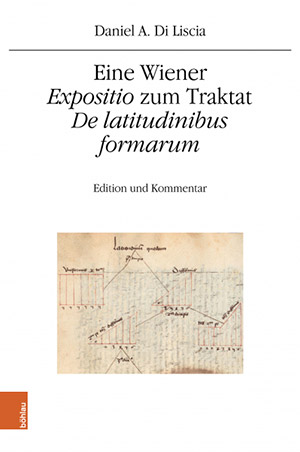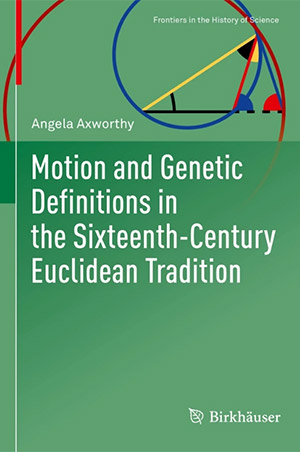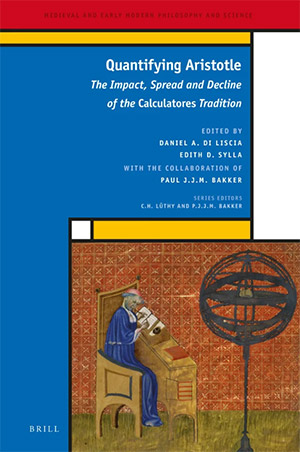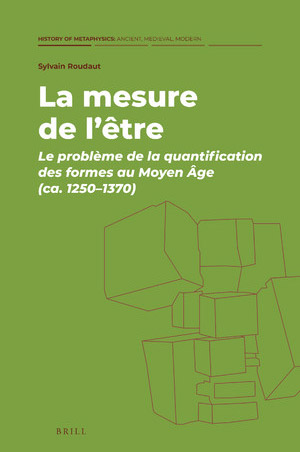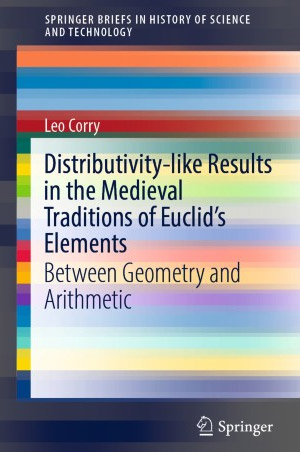A. J. C. Bo
Akribeia: Certainty and Ontology of Mathematics in Alessandro Piccolomini’s De certitudine mathematicarum
Brill 2025.
This book focuses on a specific moment in the history of early modern akribology (i.e., the philosophical discourse that investigates the traits of exactness, epistemic transparency, and certainty) by examining Alessandro Piccolomini’s De certitudine mathematicarum disciplinarum (Rome, 1547). Álvaro José Campillo Bo offers a technical and historically contextualised analysis of Piccolomini’s treatise, situating it within the intellectual traditions of 16th-century Italy. The study reconstructs Piccolomini’s core argument: that mathematics, while supremely certain, fails to qualify as a genuine scientia due to the phantastic or fictional nature of its objects (quantum phantasiatum) and the resulting absence of proper causal demonstration. Special attention is given to Piccolomini’s use and interpretation of key sources, especially Proclus’ Commentary on Euclid’s Elements and Priscian of Lydia’s In De anima.
